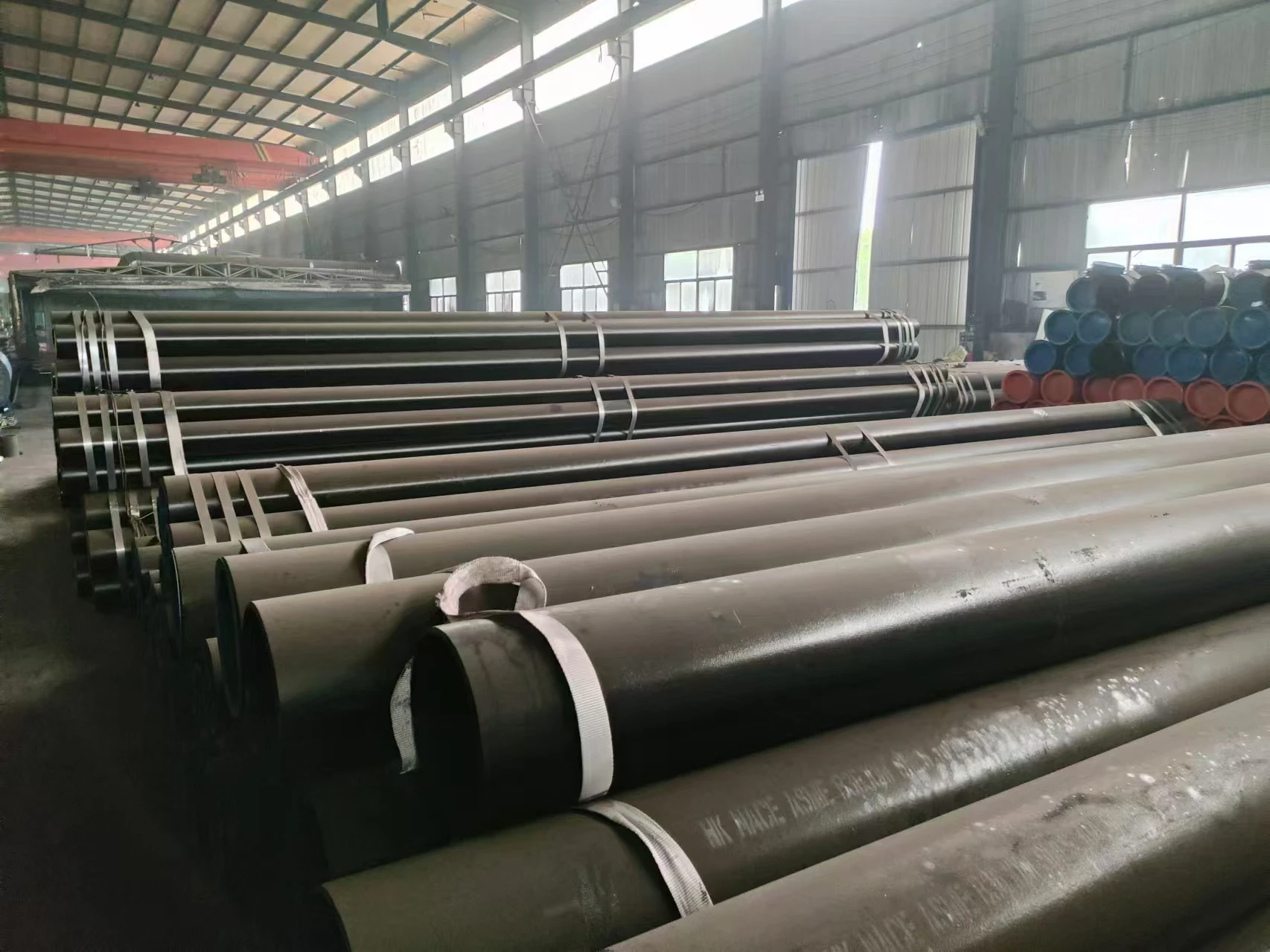-
Cangzhou Yulong Steel Co., Ltd.
-
Phone:
+86 13303177267 -
Email:
admin@ylsteelfittings.com
- English
- Arabic
- Italian
- Spanish
- Portuguese
- German
- kazakh
- Persian
- Greek
- French
- Russian
- Polish
- Thai
- Indonesian
- Vietnamese
- Zulu
- Korean
- Uzbek
- Hindi
- Serbian
- Malay
- Ukrainian
- Gujarati
- Haitian Creole
- hausa
- hawaiian
- Hebrew
- Miao
- Hungarian
- Icelandic
- igbo
- irish
- Japanese
- Javanese
- Kannada
- Khmer
- Rwandese
- Afrikaans
- Albanian
- Amharic
- Armenian
- Azerbaijani
- Basque
- Belarusian
- Bengali
- Bosnian
- Bulgarian
- Catalan
- Cebuano
- China
- China (Taiwan)
- Corsican
- Croatian
- Czech
- Danish
- Esperanto
- Estonian
- Finnish
- Frisian
- Galician
- Georgian
- Kurdish
- Kyrgyz
- Lao
- Latin
- Latvian
- Lithuanian
- Luxembourgish
- Macedonian
- Malgashi
- Malayalam
- Maltese
- Maori
- Marathi
- Mongolian
- Myanmar
- Nepali
- Norwegian
- Norwegian
- Occitan
- Pashto
- Dutch
- Punjabi
- Romanian
- Samoan
- Scottish Gaelic
- Sesotho
- Shona
- Sindhi
- Sinhala
- Slovak
- Slovenian
- Somali
- Sundanese
- Swahili
- Swedish
- Tagalog
- Tajik
- Tamil
- Tatar
- Telugu
- Turkish
- Turkmen
- Urdu
- Uighur
- Welsh
- Bantu
- Yiddish
- Yoruba

Sep . 21, 2024 16:57 Back to list
different flange types
Understanding Different Flange Types
Flanges are critical components in piping systems, used to connect pipes, valves, and other equipment. They provide a secure and leak-proof connection, facilitating easy access for maintenance and inspection. Various types of flanges cater to different applications, materials, and pressure ratings, making it essential to understand their differences for optimal selection.
Understanding Different Flange Types
Another widely used option is the Weld Neck Flange. This flange has a tapered neck that leads to the pipe, allowing for a strong connection. It is particularly favorable for high-pressure applications and is known for its ability to handle thermal cycling. The configuration of the weld neck flange minimizes stress concentrations, making it suitable for severe service conditions.
different flange types

The Blind Flange is used to seal the end of a piping system. It acts as a cover, preventing any fluid from escaping. While it doesn’t have a bore, it can be crucial in systems where future modifications are anticipated. Its ability to withstand high pressure without leaking is an advantage in many industries.
Socket Weld Flanges are another important type, ideal for small-diameter piping. They are designed to fit into the socket of the flange, providing a strong and economical joint. Like slip-on flanges, they are typically welded in place, making them suitable for high-pressure applications.
Rased Face Flanges and Flat Face Flanges differ primarily in their contact surfaces. Raised face flanges are commonly used in higher pressure systems, while flat face flanges are typically found in low-pressure applications and are used with gaskets to achieve a seal.
Choosing the correct flange type is crucial for the integrity of a piping system. Factors such as pressure, temperature, and the type of fluid being transported must be considered. Consulting with a knowledgeable supplier can help ensure the right choice, enhancing the overall safety and functionality of the system. Understanding these different flange types is essential for engineers and technicians alike, ensuring their systems run smoothly and efficiently.
Latest news
-
ANSI 150P SS304 SO FLANGE
NewsFeb.14,2025
-
ASTM A333GR6 STEEL PIPE
NewsJan.20,2025
-
ANSI B16.5 WELDING NECK FLANGE
NewsJan.15,2026
-
ANSI B16.5 SLIP-ON FLANGE
NewsApr.19,2024
-
SABS 1123 FLANGE
NewsJan.15,2025
-
DIN86044 PLATE FLANGE
NewsApr.19,2024
-
DIN2527 BLIND FLANGE
NewsApr.12,2024
-
JIS B2311 Butt-Welding Fittings LR/SR 45°/90° /180°Seamless/Weld
NewsApr.23,2024











